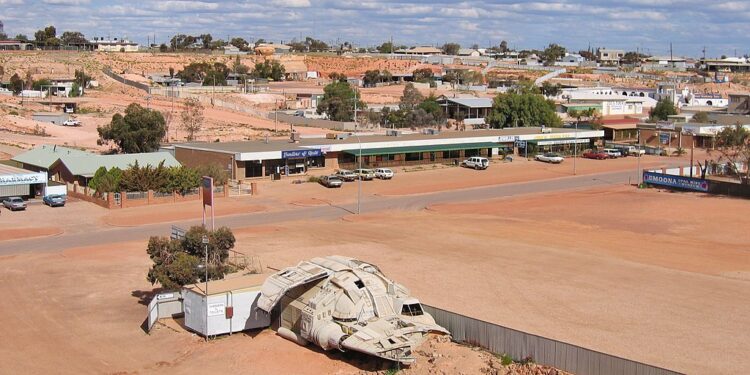
In an opal mining area where the temperature regularly exceeds 45°C, all work stops between 10 and 5.
The extreme heat doesn’t affect the miners so much, in Coober Pedy, South Australia – as they work underground …they often live underground, too, in ‘dugouts’ – but it’s just too hot for the diesel generators to run. No power, no work.
However, one mine has installed a solution which changes everything!
Forward-thinking mine owner Terry Easy lives on French Island, Victoria, which is not connected to the grid and residents adopt a low-carbon lifestyle. He was one of the first people to install a solar-powered energy system using Faradion Sodium Ion battery storage.
The servicing of that battery, connected to Victron system architecture, was overseen by Adam Smith who has since established Everest Energy – the Melbourne based Victron Energy installer – with his partner Jack Sutton.
Terry’s installation was so successful he quickly realised that a solar-based three-phase power system built into a temperature-controlled container would be capable of running his mines right through the heat of the day even when a diesel generator would have to be shut down. In fact, with solar power, he would scarcely need a generator at all except, perhaps, during extended periods of poor weather in the winter.
Opal Mining uses power to run its electric jack hammers, conveyer belts, washers, noodlers, and the UV dark rooms which help identify the precious stone from among the dirt. The whole process typically requires a 30 – 50 kVA generator.
For the power ‘container’, Terry bought an old bus for $14,000Aus allowing him to have the system built in by his trusted installer Everest Energy, which he would then drive to site – eighteen hours away – and be able to move between his mining operations as required.
The idea of installing the panels vertically on the sides of the bus utilises all available space and although it might seem unconventional, in a location where the optimal panel tilt-angle is 39°-45°, during the winter months the vertical panels can produce similar …sometimes more energy than those on the roof.
In summer the increased angle is still productive because longer days and higher irradiance compensate for the less than optimal summer angle. Also, the panels are not in close contact with the sides of the bus but an air gap has been provided – keeping the bus cooler by adding shade and air flow.
The same drive to overcome problems resulted in the stylish installation completed by Adam Smith and his business partner Jack Sutton.They wanted to present all system devices together and the best way of doing that was to build a couple of tiered ventilated ‘stages’ at the back of the passenger area of the bus. The addition cool-blue lighting makes it look even better!
The installation is climate controlled – the bus has been insulated around the installation area and there’s a 7.1 kW Mitsubishi Heavy Industries (MHI) split system air conditioner.
Explaining the build Adam says: The main system in the bus consists of three Quattro 15 kVA inverter chargers (48V), configured for three phase operation. Power is drawn from 60 kWh of Pylontech battery storage. There are two SmartSolar MPPT RS 450/200 charge controllers; one is for the 440W Suntech all-black panels mounted on the bus which are rated at around 12 kWp; the other is for auxiliary solar panels which can be deployed in the form of flexible solar mats using 430W panels that can be pinned to the ground, allowing easy expansion of the system. However, we haven’t needed the auxiliary solar yet, as the system is performing excellently as it is.
The system build even includes an EV Charging point.
Another innovation is a secondary power system comprising a custom-built alternator power take-off running at 24 volts and capable of producing up to 9kW. It feeds three MultiPlus 24/3000 inverter/chargers, and has a Cerbo GX communication centre for monitoring and tuning.
The MultiPlus’s take their power from the alternators to deliver three-phase AC power into the second AC input of the Quattros – where it is seen as generator power. This setup allows the system to run loads or charge batteries whilst driving or when the engine is idling.
The main system has an Ekrano GX communication centre which provides remote monitoring and control on site using the touch screen, or remotely via the free-to-use Victron Remote Management platform (VRM). Engineering support is instantly available whenever it’s needed thanks to a high speed Starlink satellite internet connection – which is invaluable when the installation is 18 hours away in the middle of a dessert.
Adam wants to give a shoutout to their Victron distribution partner, Darren Helleren from Retro Power in Clayton. Adams says: Darren is our trusted Victron dealer and repair center, and he has an absolute wealth of knowledge and expertise on Victron products in Australia. We regularly exchange ideas with each other, and both of us have unique strengths across different ranges of Victron products. This collaboration reinforces the fact that Victron dealers, users, and the broader community are strongest when they support one another, helping each other leverage Victron equipment to achieve almost any conceivable power solution.
The un-edited headline image is by qwesy qwesy.
The opal miner image is the property of NSW DPI
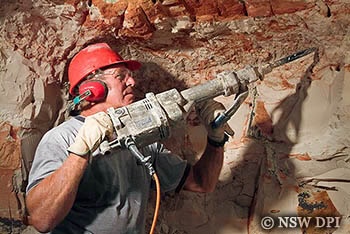
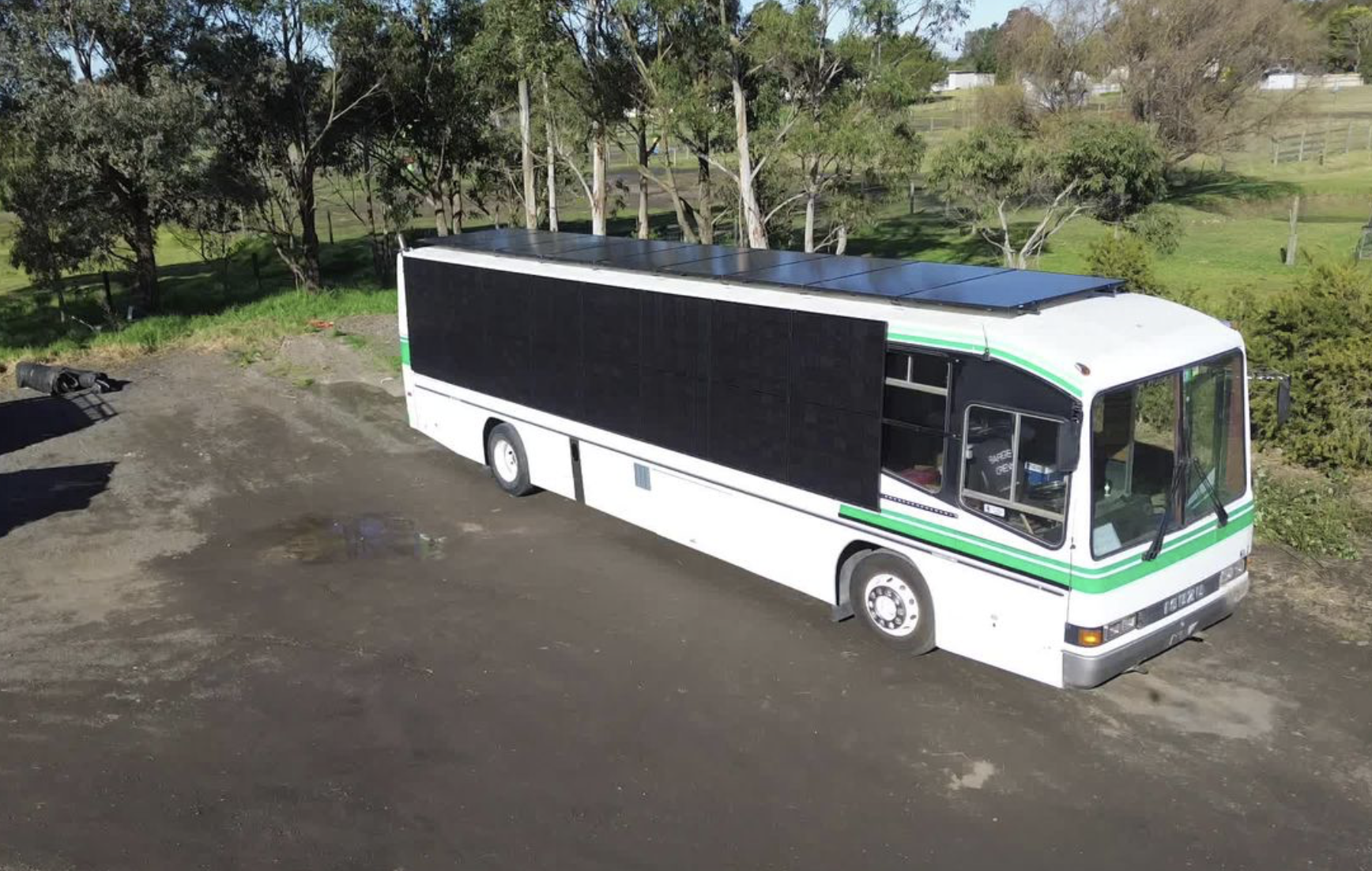
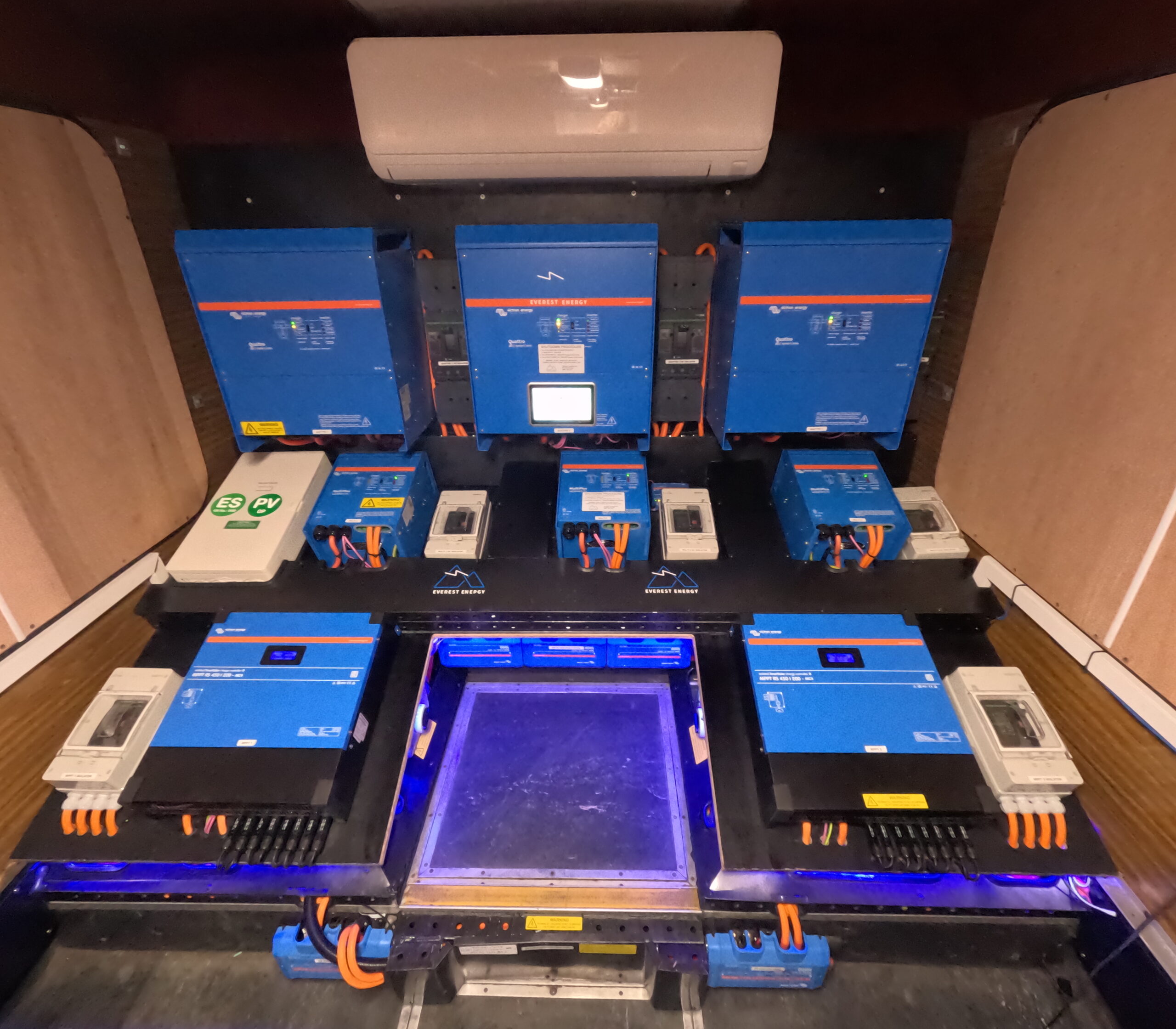

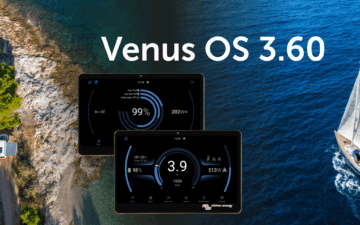










 #victronenergy #adventure
#victronenergy #adventure
 ELECTRICS
ELECTRICS 
